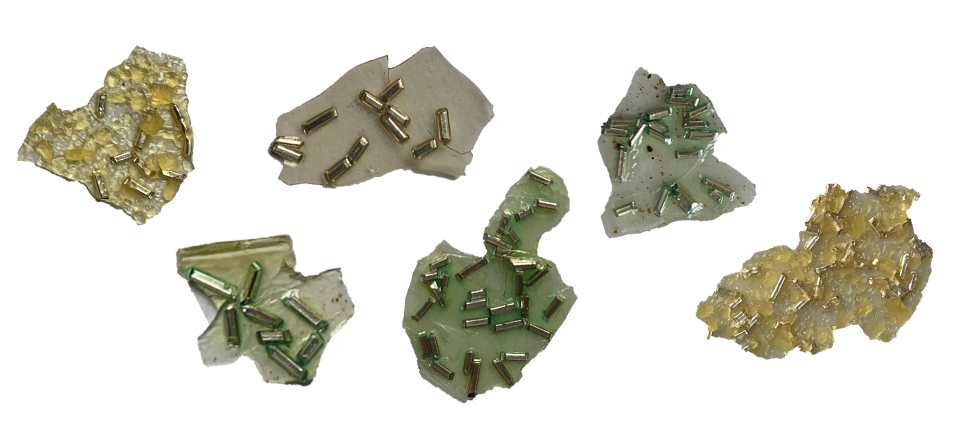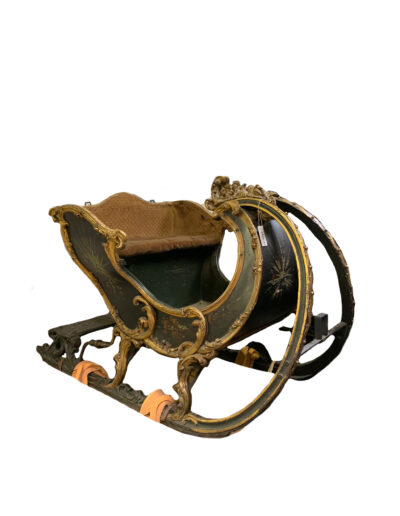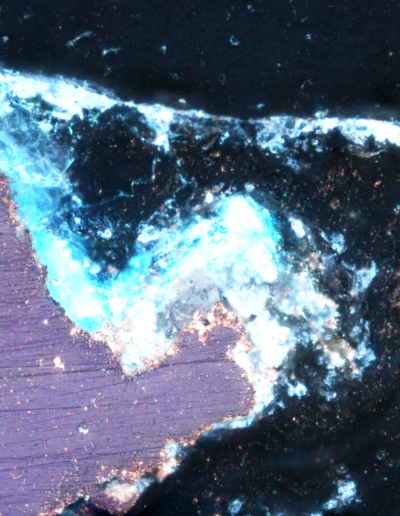Technology, reactivity, and degradation of aventurine lacquer. A multi-analytical study based on the reconstruction of historical recipes and characterization of a lacquered sledge.
Valérie Rens
Master Erfgoedstudies
2023 — 2024
onderzoek
promotoren
Lucy ‘t Hart
Andrea Marchetti
Technology, reactivity, and degradation of aventurine lacquer. A multi-analytical study based on the reconstruction of historical recipes and characterization of a lacquered sledge.
The thesis explores the complex reactivity, technology, and degradation processes of aventurine lacquers, with a specific emphasis on the behavior of metallic particles embedded within these decorative coatings. Despite its historical significance and presence in culturally important artifacts, research on the topic is limited. This study uses an 18th century aventurine sledge from the RMAH as case study to address this knowledge gap.
Aventurine lacquer, a European imitation of Asian lacquer techniques, gained prominence in the 17th century and involves embedding metal flakes into (colored) resins to create a shimmering effect similar to the Japanese ‘nashiji’ technique. Despite its historical significance and presence in culturally important artifacts, research into its composition, technique, and degradation has been limited.
This thesis explores the complex reactivity, technology, and degradation processes of aventurine lacquers, with a specific emphasis on the behavior of metallic particles embedded within these decorative coatings. The research was conducted in three phases. The first phase expanded the knowledge about aventurine lacquers and the specific case study (an 18th century sledge from the RMAH collection) by exploring its historical context, physical properties, uses, and degradation phenomena. The examination of historical recipes lead to the preparation of six different lacquers using shellac, colophony, copal, rabbit skin glue, linseed oil, and stand oil. In the second phase, a trail-and-error approach was employed to reconstruct aventurine lacquers and the mock-ups were subjected to artificial aging. The third phase involved analyzing the interaction between the metallic particles and the lacquer matrix using five analytical methods: visual inspection, OM, SEM-EDS, ATR-FTIR, and Raman spectroscopy.
The analysis revealed that the copal-based lacquer with silver-plated copper wire snippets exhibited bluish-green corrosion products or copper carboxylates, evidencing the chemical deterioration of aventurine lacquer containing metallic particles with natural resins or siccative oils.



